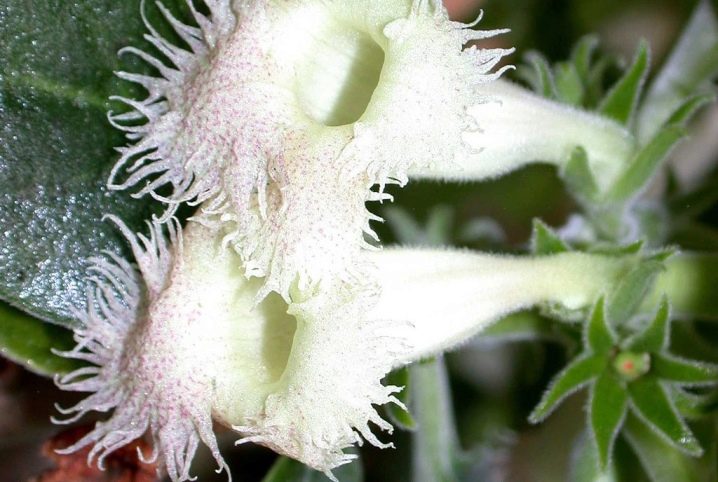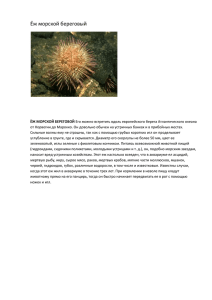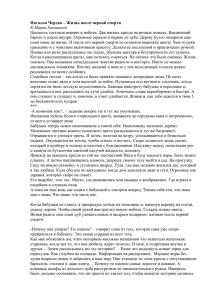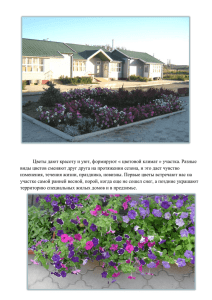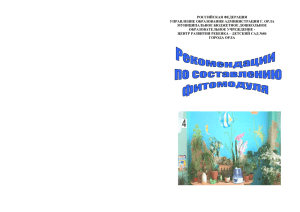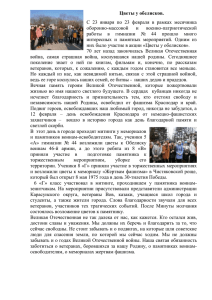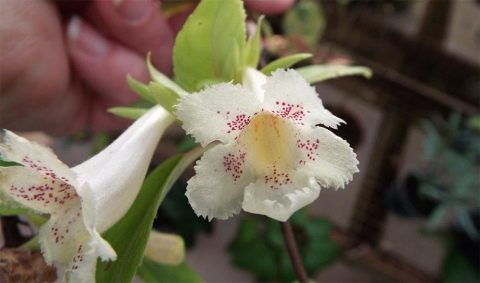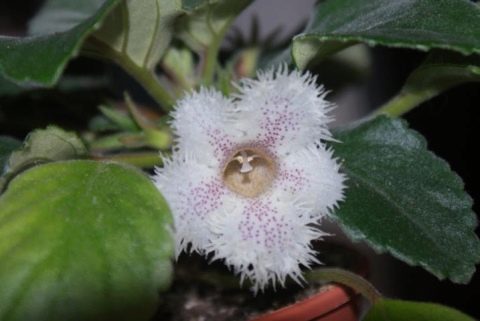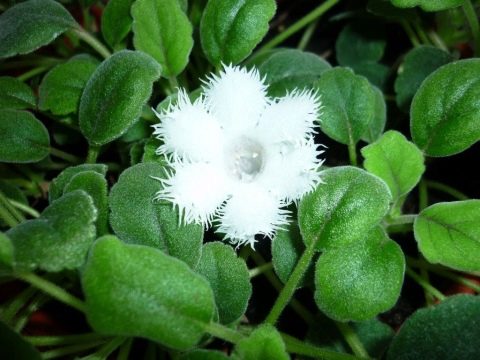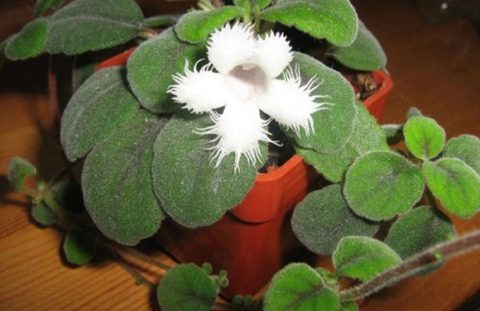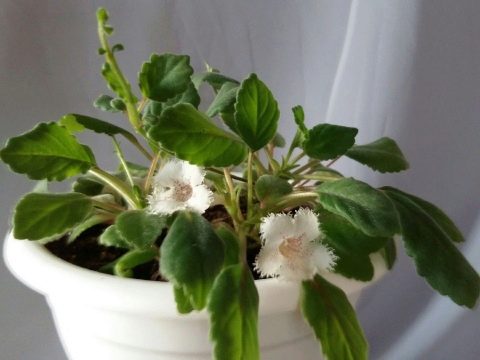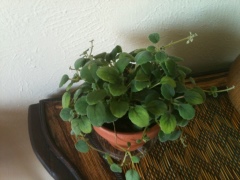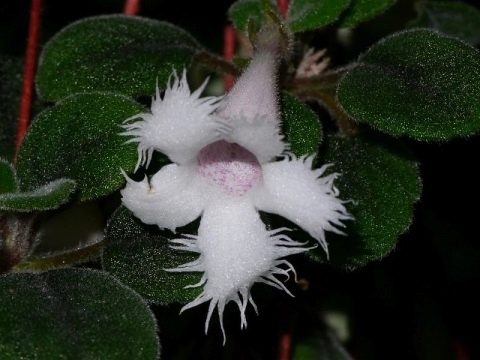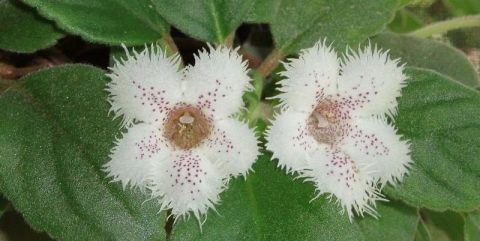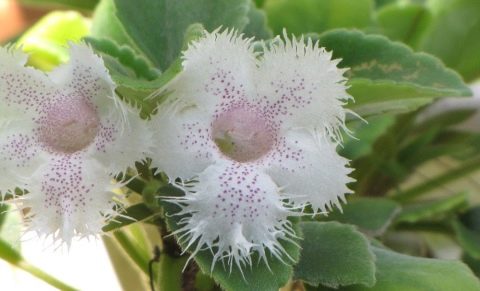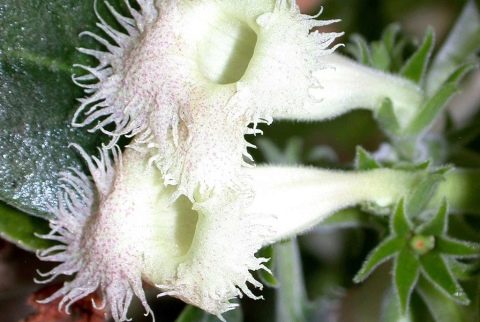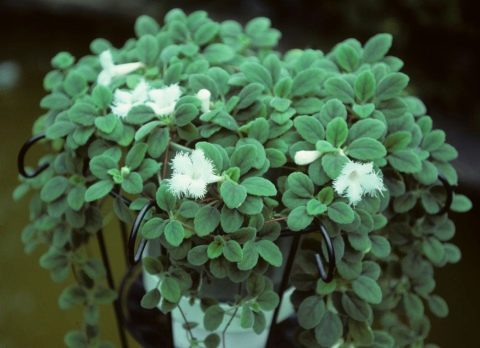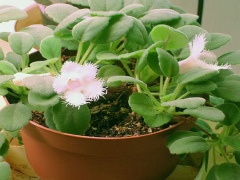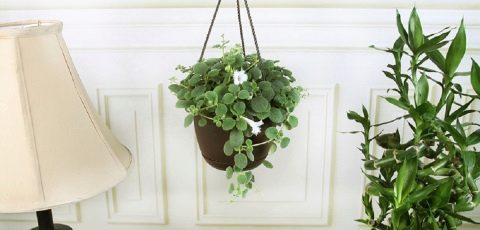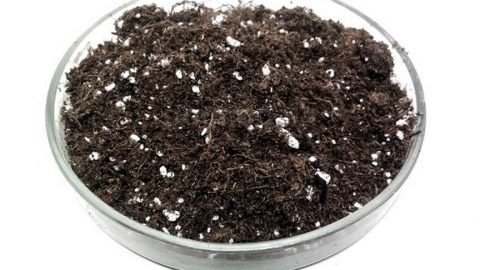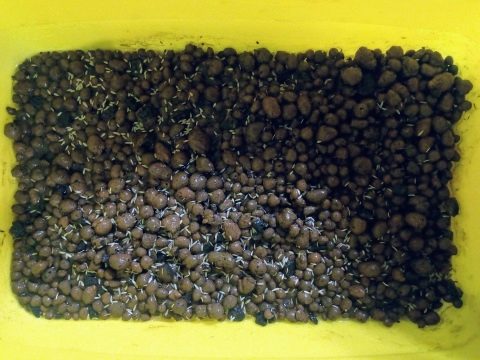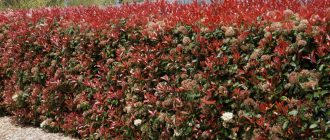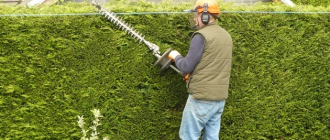Description and characteristics
Alsobia is a ground cover, creeping perennial with soft reddish stems. Belongs to the Gesneriev family and prefers shady South American forests. In a short time, it is able to form a continuous flowering carpet. It quickly grows shoots, with the help of which it spreads over the adjacent territory. Under natural conditions, the length of the mustache can reach 2 m.












Alsobia is a herbaceous perennial plant with oval green leaves. There are varieties with light and dark green growth. On top of the sheet plate dark veins and a large number of short villi are visible. On the stem, at a distance of 5-15 cm from each other, compact rosettes of leaves with a diameter of up to 15 cm are formed.
Single alsobia flowers are tubular with a fringed edge. The color is most often snow-white or with red spots. The length of the tube varies in the range of 3-6 cm, the opened rim is 2-5 cm in diameter.
How to propagate?
More often they resort to vegetative reproduction. The seed method is practiced but is considered more labor intensive and unreliable. Hybrid varieties, when propagated by seed, may lose the characteristic features of the mother plant.
- Daughter sockets. Young rosettes are not cut off from the plant. A pot with light soil is placed next to it, a baby is pinned to it. Moisturize regularly. The roots appear quickly. Cut from the bush when the root system is sufficiently developed. If the rosette is cut off immediately, greenhouse conditions are created after planting.
- Cuttings. Leaf and apical cuttings are used. Cut the cuttings with a sharp blade, sprinkle with coal powder. Without drying, they are planted in moist, loose soil. Cover with a cap, jar or plastic wrap. Duration of rooting - up to a month. They are transplanted into separate containers only after the roots grow by 1-2 cm.
- Seeds. For summer flowering, they are sown in January, for flowering the next year - in mid-summer. Do not sprinkle with earth, germinate under cover. The temperature is kept above 20 ° C. First shoots in 10-14 days. Seedlings dive in 2-3 weeks at the stage of 2-3 true leaves.
Types and varieties of alsobia with photos and names
Alsobia carnation
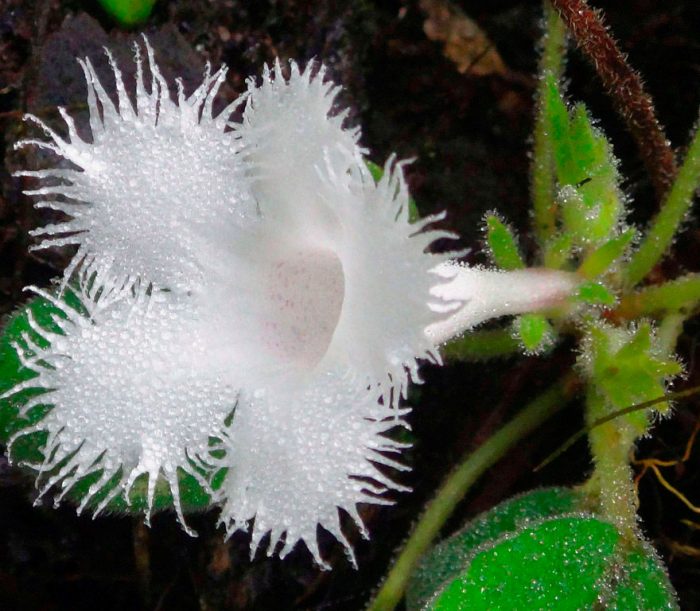
This ground cover plant has rather short stems, they are covered with small leaves of a dark green color, the surface of which is slightly pubescent, and their edge is jagged. The shoots are pale brown. The lace flower has a snow-white color, and there is a small fringe on the edges of its petals.
Alsobia point
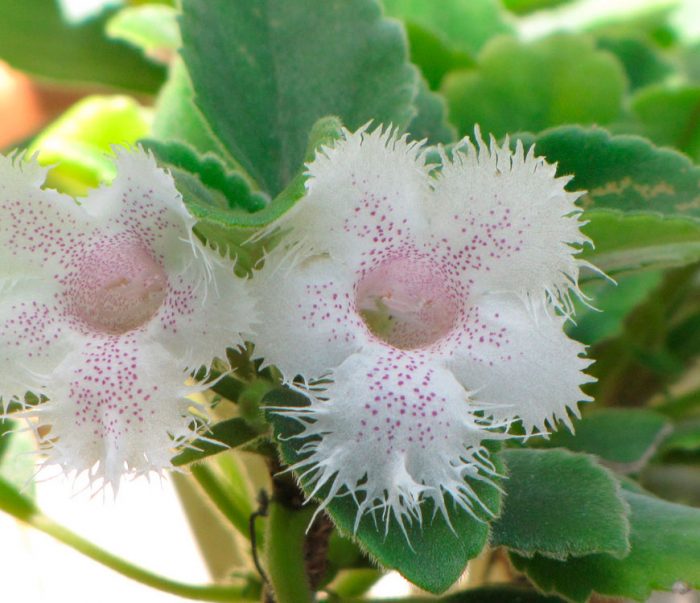
The punctata variety has a lignified, straight stem. Flat oval leaves have a slight pubescence of a light color, and serrations are located on the edge. The flowers can be painted light green, white or cream, and are decorated with pale pink or red specks.
Alsobia will sign

This hybrid variety was specially created for cultivation at home. The bush is decorated with large leaves with a jagged edge, they are painted in greenish color, and there is a slight pubescence on their surface. The pharynx of a flower is decorated with small specks of red or pink color; there is a fringe on the edge of its white petals.
Alsobia San Miguel
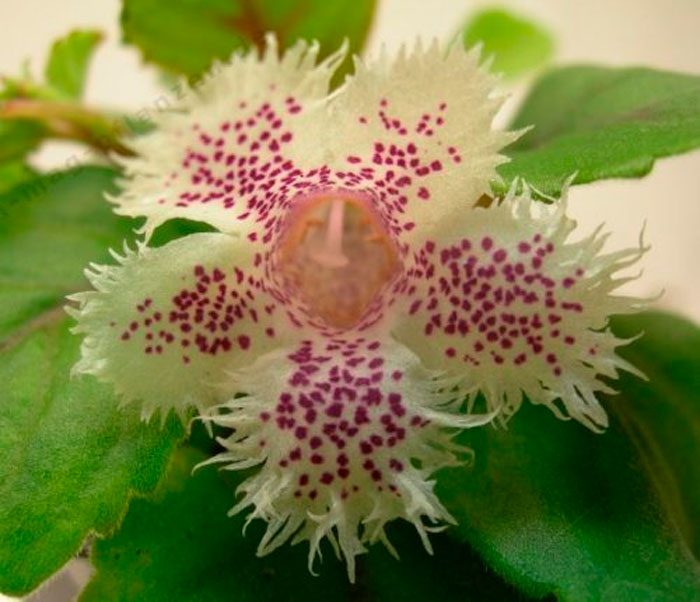
This variety was also bred specifically for indoor cultivation. On the surface of large bluish-green leaves there is pubescence, their edge is serrated. There is a fringe on the tops of the petals of white flowers, and their pharynx is decorated with specks of a red or pink hue.
Alsobia chiapas
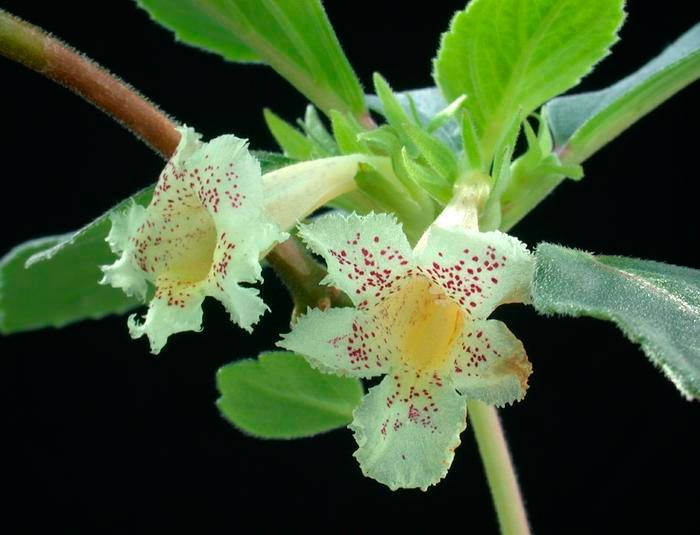
This hybrid variety is represented by a medium-sized shrub.The bush is decorated with large oval leaves, on the surface of which there is a slight greenish pubescence. The flowers are white or cream colored, with a spectacular fringe on the edge of the petals, and they are also decorated with small red dots.
Alsobia variegated
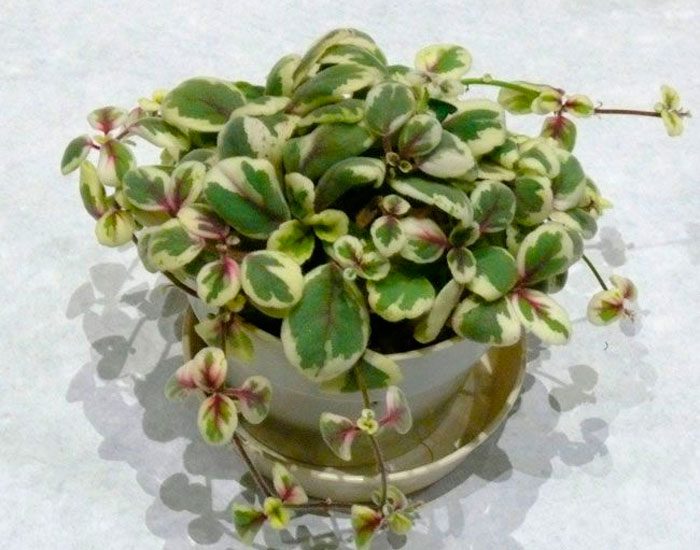
This alsobia stands out from the rest for its unusual foliage. It has a greenish color and oval shape, and there is a slight pubescence on its surface. And such sheet plates are unusual in that there are stripes of a lemon or white hue along their edge or in the middle. The flowers are composed of white petals with a beautiful fringe at the tips.
Alsobia
Types of alsobia
In the genus Alsobia, only a few species are distinguished, each of which is suitable for growing in culture.
Alsobia Clove (dianthiflora). This compact variety is the most widespread. It is distinguished by short shoots and small foliage. The length of the terry and slightly serrated leaves is 2-3 cm. The rosettes of the leaves are rounded and only 4-6 cm in diameter. Stems are thin, but dense, have a brownish tint. Snow-white flowers are formed in large numbers, but each bloom lasts only a few days. The edges of the petals are carved with delicate fringes.
 Alsobia Clove
Alsobia Clove
Alsobia point (punctate). Herbaceous perennial with a sturdier, often straight stem. Rosettes are formed at a great distance. The mustache is flexible and dangles freely. The flat, oval leaves have a pointed edge and several notches. The leaf blade is dark green with dense whitish pubescence. The diameter of the rosettes is 8-10 cm. The cream-colored or greenish flowers are located on short pedicels in the leaf axils. They have a serrated fringed edge and are abundantly covered with reddish-purple dots.
 Alsobia point (punctata)
Alsobia point (punctata)
To diversify the genus, breeders have bred several hybrid varieties that are very popular with flower growers:
Alsobia cygnet has enlarged light green foliage, which gathers in rosettes with a diameter of 10 cm. Large flowers have fringed petals with a diameter of about 3 cm. The color of the petals is white, red dots are visible at the base of the tube.
 Alsobia cygnet
Alsobia cygnet
Alsobia San Miguel differs from the previous variety in its large flowers and foliage. The shade of the leaves is bright green. There are bright crimson dots on the snow-white flowers.
 Alsobia San Miguel
Alsobia San Miguel
Alsobia Chiapas forms a compact bush with muted light green leaves. Leaves are oval, pointed, slightly pubescent. Purple dots are visible on large creamy white or lemon flowers.
 Alsobia Chiapas
Alsobia Chiapas
Alsobia variegated has lemon or whitish stripes along the edge of the leaf. Sometimes stripes show through along the central vein leaves. The variegated color becomes brighter in good lighting and can fade from lack of light.
 Alsobia variegated
Alsobia variegated
Diseases and pests
The episode is quite resistant to parasites and diseases of indoor plants, but if you do not follow the rules for its content, you may encounter some of them.
| Diseases and pests | Causes | Symptoms | Prevention and treatment |
| Aphid | Infected land, open windows, adjacent to an infected plant | Lethargy, small punctures on the leaves and stem, the buds are deformed, ants appear | Isolate the flower, find the female and destroy it. If this is not possible and the colony is already large, it should be treated with Fitoverm, Iskra or Inta-Vir |
| Thrips | High air temperature and insufficient humidity | Spots, holes, silvery coating. Insects gray or black | Observe the conditions of detention. In case of infection, treat the flower with Aktellik or Aktara. But with this method, the leaves will suffer from moisture. An alternative option is to purchase the predatory mites Amblyseius Andersoni, Amblyseius californicus, or Amblyseius cumeris.They will exterminate the population of parasites, after which they themselves will die. |
| Shield | Brown insects on the bottom of the leaf plate. Leaves turn yellow and fall off | ||
| Mealybug | White, cottony, sticky discharge | ||
| Root nematodes | Use of contaminated soil, proximity to a diseased plant | Lethargy, curling of leaves, yellow or brownish bumps on the roots, many filamentous roots | Disinfect the soil before planting and equipment, isolate infected plants in time. It is impossible to save the plant. |
| Root rot | Excessive watering, insufficient lighting, low temperature | Lethargy, softening of the stems | Observe the recommendations for the conditions of detention. It is difficult to save a plant, it is better to take cuttings and grow a new one. Boil the pot, discard the soil. |
It doesn't matter how you plan to grow the plant: in a terrarium, mini-greenhouse, on a windowsill or hanging from a wall, caring for it will not be difficult. It is enough to regularly apply the recommendations in practice and arrange preventive examinations
Views
Depending on the peculiarities of the appearance, as well as the botanical characteristics, scientists distinguish several species and varieties of Alsobia.
Dianthiflora (clove-flowered)
A distinctive feature of this type of plant is shorter shoots. In addition, serrations can be found on the edges of the leaves, and fringes on the flowers.
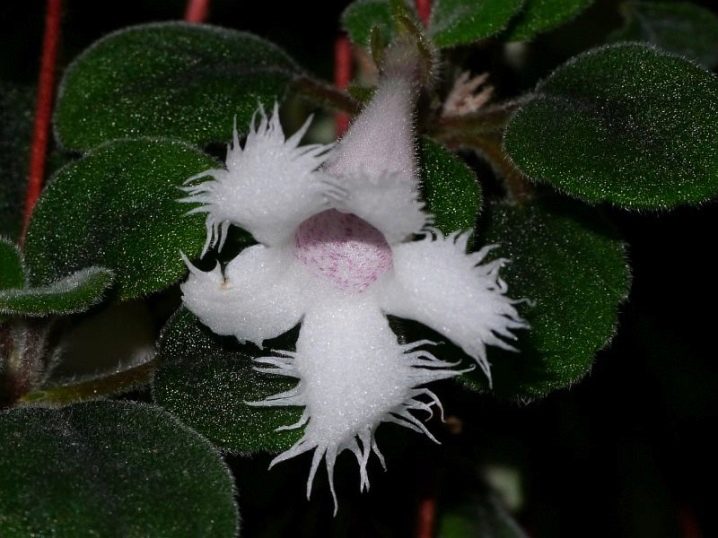
Punctate
In contrast to the variety described above, this plant has a stem that has a woody structure. Flowers also differ - being white in the base, they can have a beige or green tint.

Cyqnet
This species is a hybrid plant. Due to the fact that many species of Alsobia are quite picky in care and die in a house or apartment, scientists have developed the Cyqnet variety, which is the best suited for self-cultivation by people.
It is important to note that the flowers of this plant species are very large and reach 40 millimeters in size, which gives the "green pet" an additional decorative function.
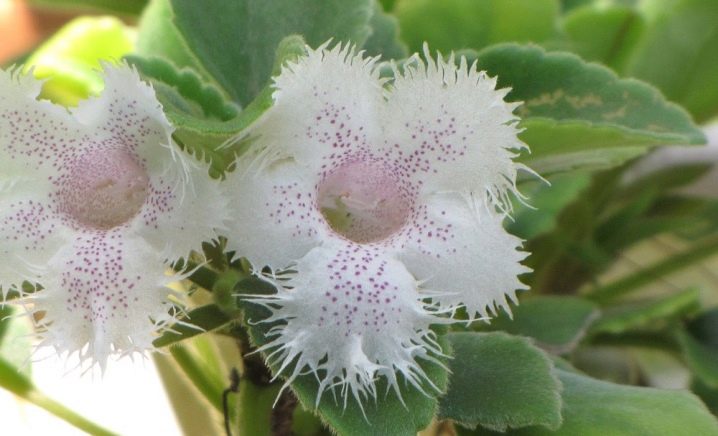
San Miguel
This variety is also hybrid. Moreover, it is more popular among domestic florists and housewives who are fond of breeding and growing flowers. San Migel has larger flowers and leaves (even larger than the species described above). At the same time, the color of the flower is slightly different - the snow-white tone is accompanied by a blue tint.
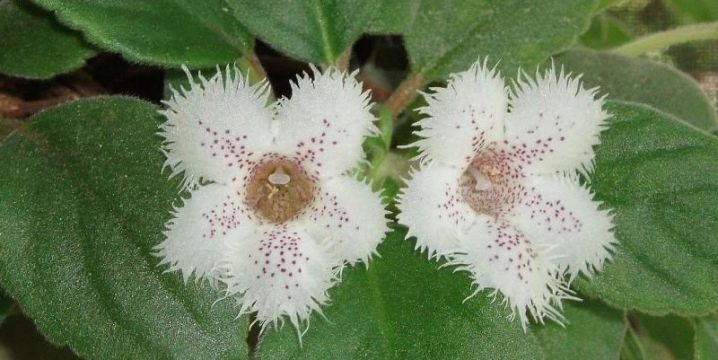
Chiapas
Botanists refer this type of Alsobia not to herbaceous plants, but to shrubs. The flowers are yellowish in color, and there is a thick fringe along their edge.
